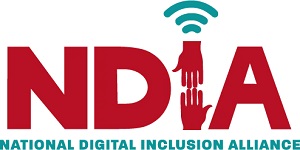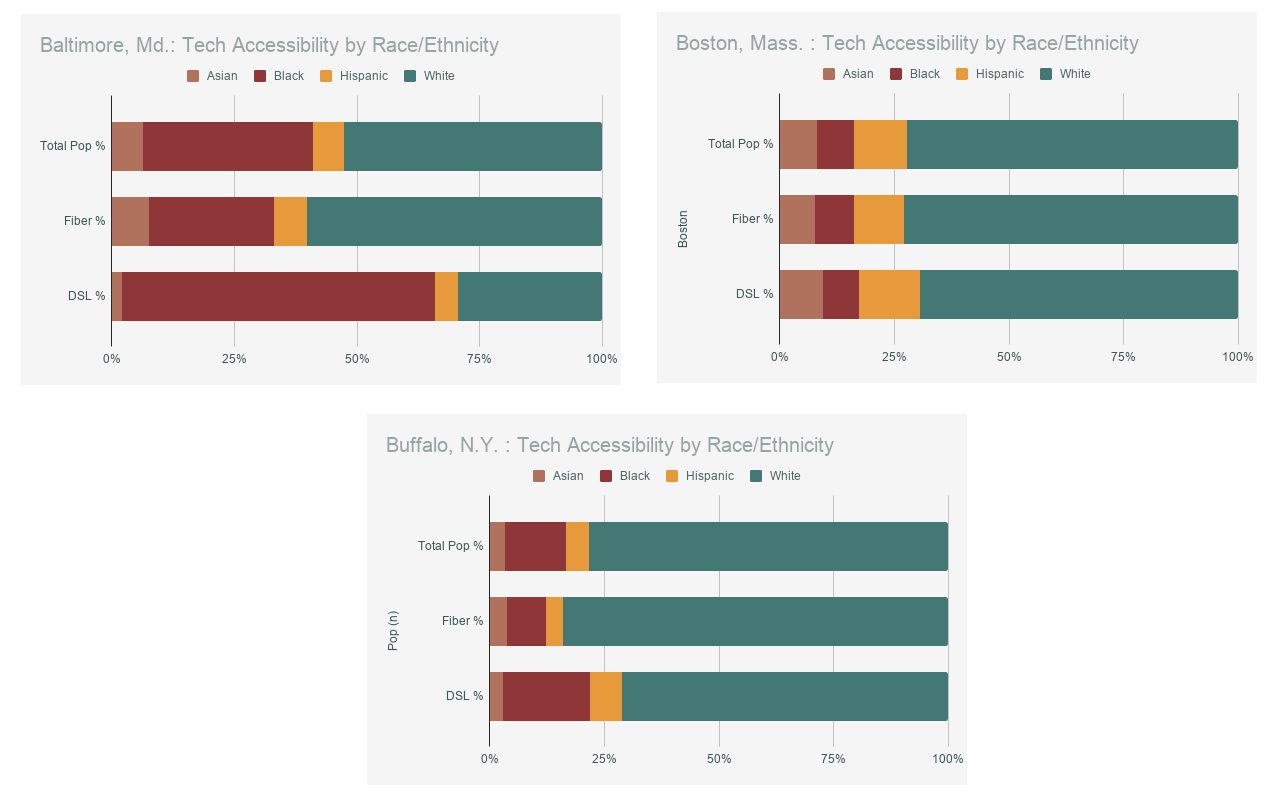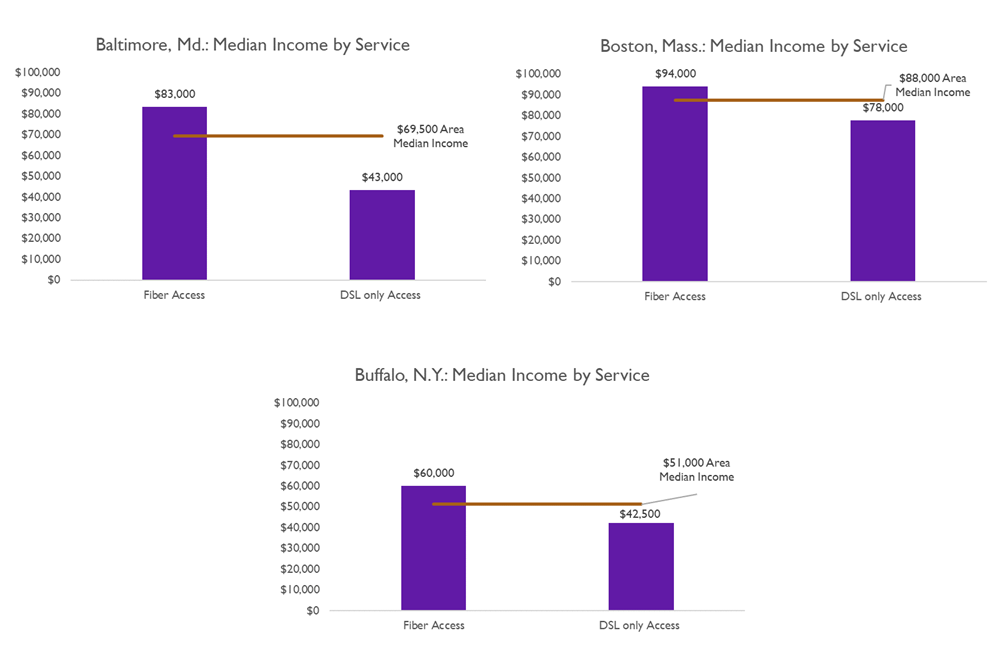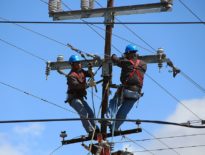Because of the ongoing Covid-19 pandemic, Internet access is more important than ever before. Elementary school math classes, routine doctor’s appointments, after-work happy hours, and more all require a high-speed broadband connection now.
In response, many national Internet service providers (ISPs) have introduced free and discounted plans to keep people connected during the crisis (though there are still holdouts). Comcast has raised speeds and is offering 60 days of free broadband service to new low-income subscribers. Charter Spectrum is extending a free two month offer to new customers with students in the household. And AT&T is giving low-income families signing up for new service a couple of months free.
The charity of these companies is commendable, but their plans still leave many people disconnected, forcing them to choose between staying safe at home and accessing essential services. Eligibility oversights leave out households in need, and overwhelmed call centers make signing up for programs difficult. In many cases, families are falling through the cracks simply because the national ISPs are too big and too monopolistic to catch them.
Ineligible and Unaccessible
The National Digital Inclusion Alliance (NDIA) has documented many of the issues that families across the United States face in trying to access ISPs’ Covid-19 offers. Ars Technica covered their concerns in a recent article, spelling out the shortcomings of various providers’ plans.
 One problem is the eligibility guidelines restrict many households from taking advantage of ISPs’ programs. In many cases, free connections are only available to new subscribers, even though many people are now struggling with reduced incomes. A number of companies have excluded prior customers with unresolved debt from re-enrolling under the new offers. For example, AT&T’s free Internet offer only applies to households with no unpaid broadband bills from the previous six months.
One problem is the eligibility guidelines restrict many households from taking advantage of ISPs’ programs. In many cases, free connections are only available to new subscribers, even though many people are now struggling with reduced incomes. A number of companies have excluded prior customers with unresolved debt from re-enrolling under the new offers. For example, AT&T’s free Internet offer only applies to households with no unpaid broadband bills from the previous six months.
Programs limit eligibility in other ways that can leave out some families in need. For plans targeted at low-income subscribers, households must meet specific needs tests that might not capture their unique financial circumstances. Charter only offers the two months of free access to households with students, cutting out seniors who need to access telehealth services and adults now working from home.
Even after families determine they’re eligible, actually signing up for free or discounted service can be a headache. NDIA has reported long wait times on Charter’s phone lines in particular — as long as four hours in some cases. This puts people in the untenable position of wagering limited phone plan minutes on the possibility of a home broadband connection.
Charter in particular is not making it easy for new low-income subscribers to transfer to the company’s existing, pre-pandemic low-cost plan, even when they qualify for it. NDIA Executive Director Angela Siefer told Ars:
We are hearing repeatedly that people who try to sign up for the free two months are being told they will be charged $50 for service after the free two months, as if it were a promotional offer, not a crisis offer.
There are even problems with the seemingly straightforward Federal Communications Commission Keep Americans Connected Pledge, a voluntary effort announced in response to the Covid-19 crisis. Companies that sign on agree to temporarily suspend disconnects and late fees, but it appears that some people were still disconnected over unpaid bills, despite the pledge.
Verizon Neglects DSL Customers
One company, Verizon, has limited access to broadband relief in a different way. The provider is offering free service to current customers connected through the federal subsidy program Lifelineand a $20 discount to new Lifeline-eligible subscribers. But this offer only applies to customers on Verizon’s Fios fiber network, not those using slower DSL connections. “By not including DSL, their most vulnerable customers are being left out of a valuable resource . . . [including] in underserved cities such as Buffalo and Baltimore,” Siefer explained to Ars.
Analysis by the Community Broadband Networks initiative shows that areas where Verizon only offers DSL are home to households with lower median incomes and more people of color than those served by Fios. View the charts below to see how Verizon’s Fios and DSL service areas differ in three metros.


Verizon justified the decision by saying that their DSL subscribers aren’t eligible for Lifeline, telling Ars, “our DSL service does not meet the Lifeline program [speed] qualification standard” of 20 Megabits per second. Yet, it appears that it’s not a requirement to actually enroll in Lifeline to get the $20 discount offered to Fios customers. Instead, it’s possible that the company is reluctant to entice new subscribers to their already slow and overburdened DSL networks.
Diseconomies of Scale
The national ISPs that have announced free and low-cost Covid-19 offers surely mean well, and their generosity is welcome.
However, it seems that many companies are just too big to effectively respond to communities’ urgent connectivity needs. While local broadband providers can choose to be proactive during this time — North Dakota cooperative BEK Communications said it was actively reaching out to the community to find those in need — national monopolies, like Charter or Comcast, can only react to the requests pouring in from households.
It’s difficult for these broadband behemoths to scale up operations quickly in a crisis. Many providers’ neglected DSL networks, like Verizon’s, are already stretched to capacity. And compared to a smaller provider, where staffing up means hiring a couple of extra people, the large telephone and cable companies might need tens or hundreds more new employees to keep up with growing demand.
Furthermore, high-quality customer service is unachievable at the scale that national ISPs operate, especially during a high-demand time like a pandemic. Charter’s tied up phone lines tell one piece of that story. Also, it’s practically impossible for customer service representatives to make exceptions or solve individual circumstances when they’re talking to a customer from small town North Carolina one minute and a New York City family the next.
These are the diseconomies of scale that make monopoly ISPs less able to fulfil their vital role of connecting Americans, both in normal times and during a national emergency.
To account for these failures, advocates, including NDIA and Public Knowledge, are pressing the federal government to establish some sort of free broadband program nationwide. Siefer told Ars:
We don’t see any alternative to a federal broadband subsidy during the health crisis . . . If people do not have Internet, they will certainly not stay in their homes. The digital divide is now a public safety issue.
A national broadband subsidy won’t solve all of the problems caused by broadband monopolies, but it’s an important option to consider now that the stakes are literally life or death.
Image via CC0 [Public Domain]
This article was originally published on ILSR’s MuniNetworks.org. You can read the original here.





